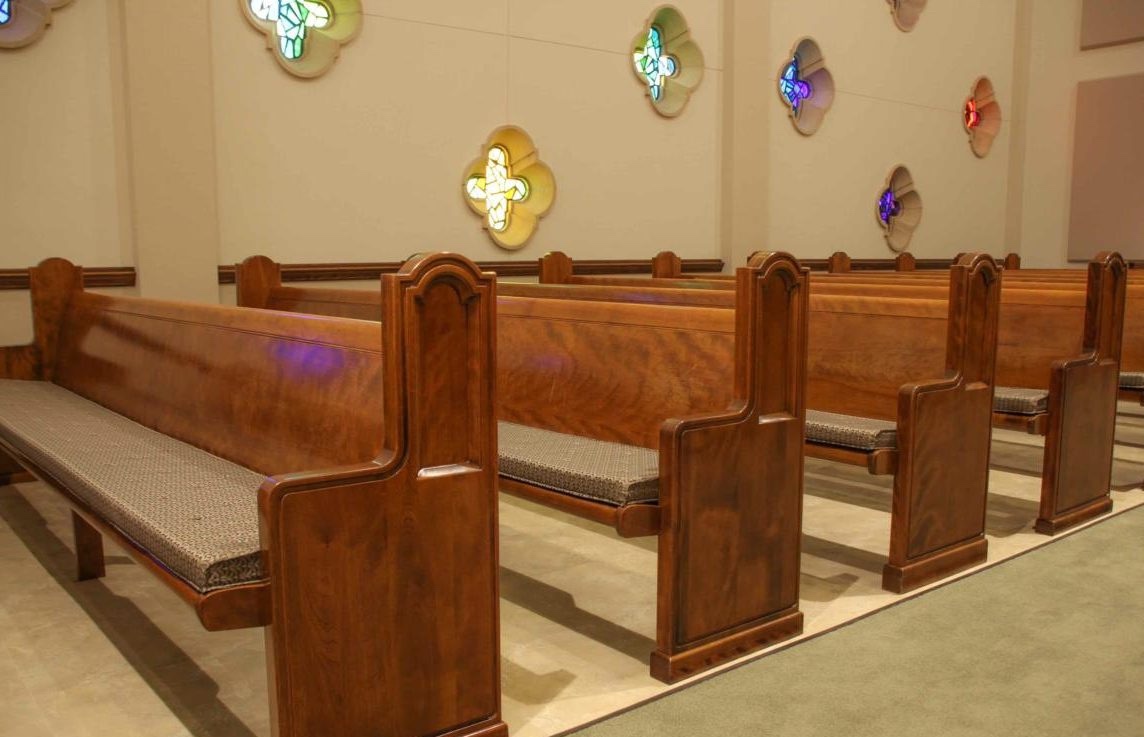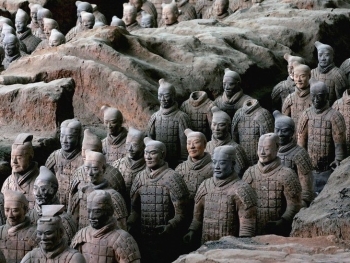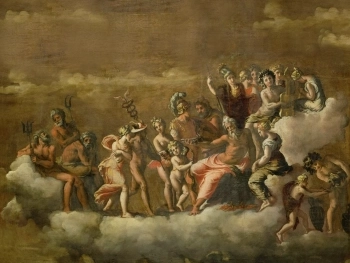Pews are a quintessential feature in Catholic churches, serving as both practical seating arrangements and symbols of communal worship. The design, placement, and historical evolution of pews reflect broader trends in ecclesiastical architecture, liturgical practices, and social changes within the Church. This article delves into the history, design, and significance of Catholic pews, highlighting their role in shaping the worship experience.
Historical Evolution of Pews
Early Church Period
In the early Christian period, communal worship often took place in homes or public spaces without fixed seating. Congregants would stand or sit on the floor during services. The lack of permanent seating reflected the informal and communal nature of early Christian gatherings.
Medieval Era
By the medieval period, churches began to incorporate fixed seating. Monastic communities and cathedrals often had choir stalls, which were primarily used by the clergy and monks. Laypeople still typically stood or knelt during services. The introduction of pews as we know them began in the late medieval period, primarily in northern Europe. These early pews were simple benches without backs, designed to provide some comfort while encouraging active participation in the liturgy.
Post-Reformation Changes
The Protestant Reformation in the 16th century significantly influenced church architecture and seating arrangements. Protestant churches emphasized the importance of scripture and sermons, necessitating a seated congregation. Consequently, pews with backs became more common. In response, Catholic churches also began to adopt pews more widely, although the emphasis remained on the Eucharist rather than preaching.
Design and Structure
Materials and Craftsmanship
Pews are typically made from wood, with oak, pine, and walnut being common choices. The choice of wood and craftsmanship often reflects the church's resources and the era in which the pews were installed. Some pews feature intricate carvings and embellishments, highlighting the skill of artisans and the church's dedication to creating a beautiful worship space.
Configuration and Placement
The arrangement of pews within a church is crucial for facilitating worship. Pews are usually arranged in rows facing the altar, ensuring that congregants can easily view the liturgical actions. The spacing between pews allows for kneeling, standing, and sitting, accommodating the physical movements associated with Catholic worship. Some churches feature pews arranged in a semi-circular fashion, promoting a sense of community and inclusivity.
Comfort and Accessibility
Modern pews are designed with ergonomics in mind, providing comfort during long services. Padded seats and backs are common, and some pews include kneelers for added convenience. Accessibility is also a critical consideration, with spaces designated for wheelchairs and other mobility aids.
Symbolism and Significance
Communal Worship
Pews symbolize the communal nature of Catholic worship. Unlike individual chairs, pews emphasize that congregants are part of a larger faith community, sharing in the same rituals and prayers. This communal aspect is central to the Catholic understanding of the Church as the Body of Christ.
Liturgical Participation
Pews facilitate active participation in the liturgy. Their design accommodates the various postures—standing, sitting, and kneeling—required during Mass. This physical engagement mirrors the spiritual engagement expected of worshippers, fostering a holistic worship experience.
Tradition and Continuity
The presence of pews in a church also represents continuity with tradition. While the specific design and arrangement of pews may evolve, their fundamental role remains unchanged. This continuity links contemporary worshippers with generations of Catholics who have gathered in similar spaces to celebrate the sacraments.
Modern Trends and Innovations
Flexible Seating Arrangements
Some modern churches are moving towards more flexible seating arrangements. Movable chairs or modular pews allow for reconfiguration based on the needs of different services and events. This flexibility can enhance the church's ability to serve its community in various ways.
Sustainable Materials
Sustainability is an increasingly important consideration in church design. Some churches are opting for pews made from sustainably sourced wood or recycled materials. This shift reflects a broader commitment to environmental stewardship within the Catholic Church.
Enhanced Accessibility
Accessibility continues to be a priority, with new pew designs incorporating features that accommodate people with disabilities. Wider aisles, removable sections, and integrated supports ensure that all congregants can participate fully in the liturgy.
Catholic pews are more than just seating; they are integral to the worship experience, reflecting theological principles, historical developments, and social values. From their early beginnings to modern innovations, pews have evolved to meet the changing needs of the Church while maintaining their essential role in fostering communal worship and liturgical participation. As the Church continues to grow and adapt, pews will undoubtedly remain a key element of its sacred spaces, embodying both tradition and innovation.




